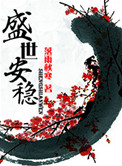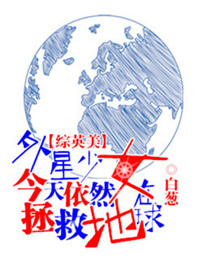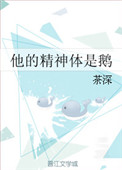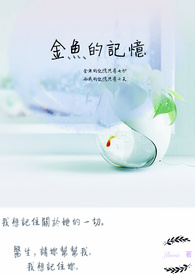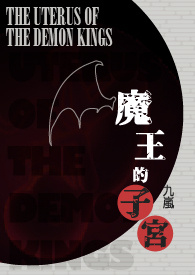567中文网为您推荐
[综英美]外星少女今天仍然在拯救地球
晋江2017.07.30完结当前被收藏数:11029文章积分:105,601,8[点击阅读]
今日更新
| [都市] | 吃一口黑病(黑化疯批合集) | 【黑病】温润白切黑影帝暴躁纯情男歌手绿 | 滨夏吹 | 2025-07-06 |
| [玄幻] | 天火传承 | 第256章海伦妹妹在哪儿? | 阿暖 | 2025-07-06 |
| [都市] | 我俩的关系(剧情h) | 无能 | 撒欢馒头 | 2025-07-06 |
| [高辣] | 错过(BL) | 第五章(完结篇) | 縼颻 | 2025-07-06 |
| [都市] | 我的小情人 | 番外叶幸司篇7 | Hui | 2025-07-06 |
| [都市] | 小心事 | 后记我们的小心事 | 海梦 | 2025-07-06 |
| [都市] | 心动的声音 | 第二十一声着迷(最后一声) | 亚絮子 | 2025-07-06 |
| [科幻] | 末世隐居 | 番外游戏 | 迷幻薄荷 | 2025-07-06 |
| [玄幻] | 古墓:青海妖楼 | 十三后记 | 水珮风裳 | 2025-07-06 |
| [都市] | 乞丐的大小姐生活(虐男NPH) | 你兄弟惹的火你来灭(微h) | 龙傲天天天 | 2025-07-06 |
| [其它] | 那曾经的旅程 | 完结第三幕终点09 | 火志溟 | 2025-07-06 |
| [都市] | 安然入我心 | 第二十六章尾声 | 安然 | 2025-07-06 |
| [仙侠] | 【武侠】成亲记 | 第四十章玩闹规则 | irurila | 2025-07-06 |
| [都市] | 珍贵而甜蜜的感情 | 第60话 | 雪薇 | 2025-07-06 |
| [都市] | 你和我之间 | 番外篇之(傲娇惹的祸) | 茉嵐 | 2025-07-06 |
| [都市] | 人最弱的地方 是捨不得 | 我的爱情......不过如此完结 | 筱菲 | 2025-07-06 |
| [军史] | 天上掉下个好孕肚(慢穿) | 终章 | 五妖花 | 2025-07-06 |
| [高辣] | 欢迎光临佛格小镇 | 第三十二章尾声(全文完结) | 虚妄之花 | 2025-07-06 |
| [都市] | 只是爱你 | 爱上你的我没有错 | Julie | 2025-07-06 |
| [都市] | 出其东门 | 后记 | 陆 | 2025-07-06 |
| [都市] | 爱上一个人 | 第三十四章 | xinru Su | 2025-07-06 |
| [科幻] | 默 | 10 | 荷宁 | 2025-07-06 |
| [其它] | 【咒术同人】未知 | 后记爱可以超越时空 | 妄隅 | 2025-07-06 |
| [都市] | 信鸽纸情 | 初恋的最好结局(完) | 荼先生 | 2025-07-06 |
| [都市] | 初恋未央歌 | 后记 | 丹佐拉 | 2025-07-06 |
| [玄幻] | 终末的王朝 | 后篇 | 蒂娜 | 2025-07-06 |
| [都市] | 涵星点点 | part10遗留(2) | 可可雅~~ | 2025-07-06 |
| [都市] | 你是我最后一滴眼泪 | 最后的番外之两个人的新婚生活 | 夏炫 | 2025-07-06 |
| [高辣] | Take me hand (GL) | 【番外】病中记一路顺风 | 洛欣 | 2025-07-06 |
| [其它] | 有点烦 | 天意之外 | Celeste | 2025-07-06 |
新书入库
友情链接


